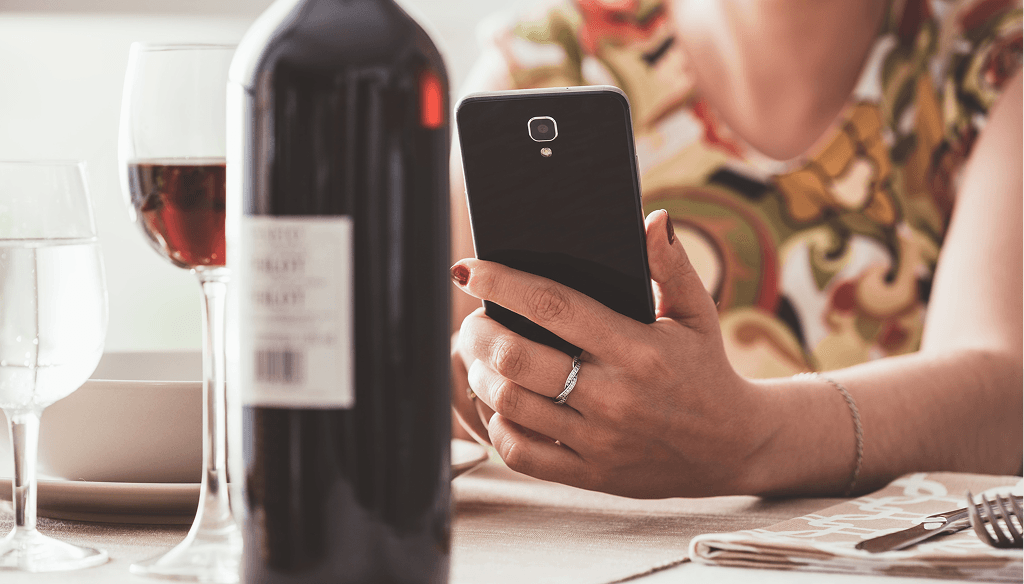




How Connected Packaging Can Future Proof Marketing for Alcohol Brands
A leaked UK Government document has reignited debate around how and when alcohol brands should be allowed to advertise. The 10-year NHS plan under development included proposals to ban alcohol advertising before the 9pm watershed, like the ban on junk food advertising coming into force in October.
Whilst officials have backed down after heavy backlash from the industry, public opinion is still aligned with the approach - a recent survey revealed that almost two-thirds of UK adults support banning alcohol ads before 9pm – and they form part of a wider movement towards battling the UK’s obesity crisis.
As Strict Advertising Landscape Approaches – Use the Channel You Already Own
For alcohol marketers, the proposed change suggests they will eventually need to think about other ways to engage their consumers in a world where there are less channels and less media inventory available to them. That’s where connected packaging can help.
Unlike broadcast media, social media, or other paid ads platforms - your packaging and your product is a channel you control entirely.
Whether it’s a QR code on a beer can, QR or NFC enabled label on wine bottles or an NFC-enabled wax seal on a spirit, connected packaging allows alcohol brands to create digital experiences that are much less impacted by changing advertising laws that apply to media inventory and channels. These regulations may of course also affect where and how a product is sold - but what a brand delivers through its own packaging is far more flexible – and can be dynamically changed as a brand’s needs change.
By delivering interactive experiences directly through packaging, brands can:
Drive circularity initiatives promoting sustainability (another area of increasing regulatory pressure for the alcohol industry)
Prove compliance with labelling, health, and traceability regulations (such as DPP)
Gather first-party data to build loyalty and CRM capabilities through connected consumer experiences.
Authenticate their products to protect consumers from counterfeits and build trust.
So instead of fighting for shrinking ad space, brands can invest in a platform (such as io.tt) that puts them in direct contact with their customers - without intermediaries and without inventory costs subject to market dynamics.
A Growing Business Case
At io.tt, we’ve explored how these forces come together across the alcohol category:
In wine, connected packaging helps brands demonstrate sustainability, enable provenance storytelling, and maintain consumer engagement in a heavily regulated market - read it here.
In spirits, it supports premium positioning through gifting, authenticity verification, and rich brand experiences - right on the bottle - read it here.
And in beer, connected packaging addresses labelling complexity, GS1 Sunrise compliance, and enables loyalty-building in a fragmented landscape - read it here.
Across all three categories, the business case is clear: connected packaging isn't just a response to rising regulation - it’s a smarter way to stay ahead and reach and retain consumers when traditional advertising is being squeezed (by regulations or budgets).
Summary - A New Way of Reaching and Retaining Consumers
As new restrictions are threatened, alcohol brands have a choice: wait to react or build now and create a direct-to-consumer channel that is entirely within their own control. By doing this you can future-proof your marketing strategy by:
Offering compliant, direct-to-consumer engagement
Building first-party data and long-term loyalty
Supporting upcoming regulations like DPP and DRS
Delivering value to consumers beyond what’s in the bottle
With more restrictions potentially on the horizon, now is the time to think beyond the ad - and start thinking on-pack. Get in touch with our team today to find out how connected packaging can help your brand.
